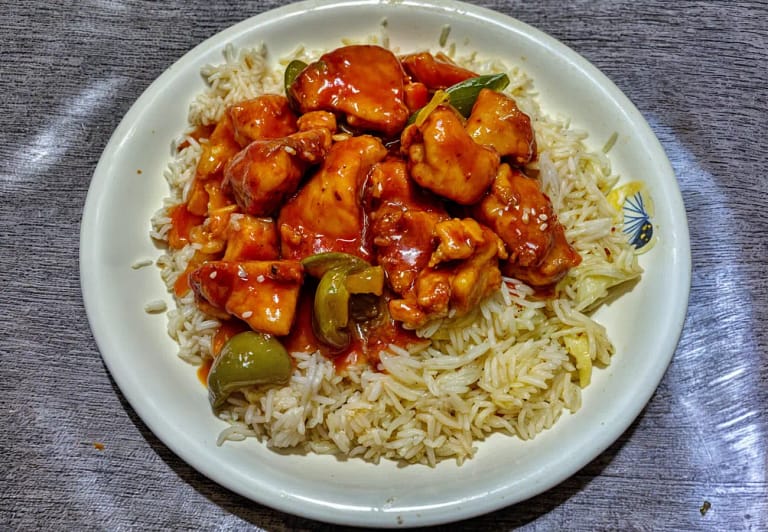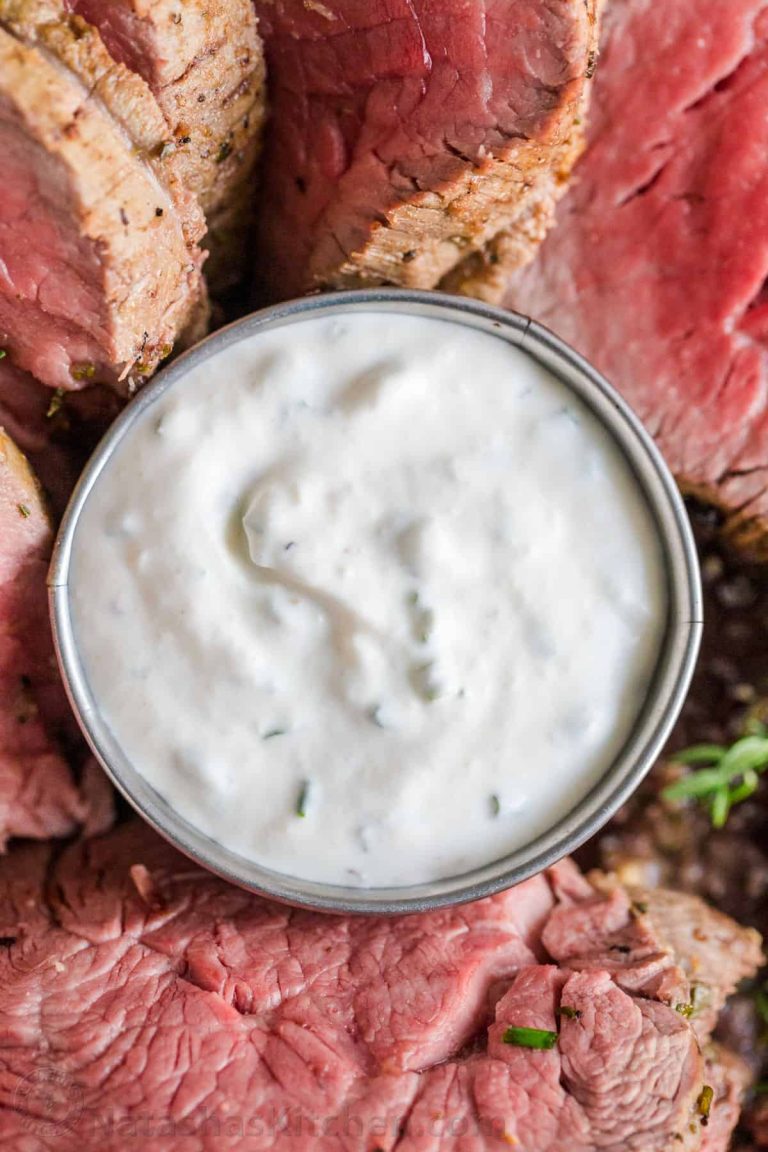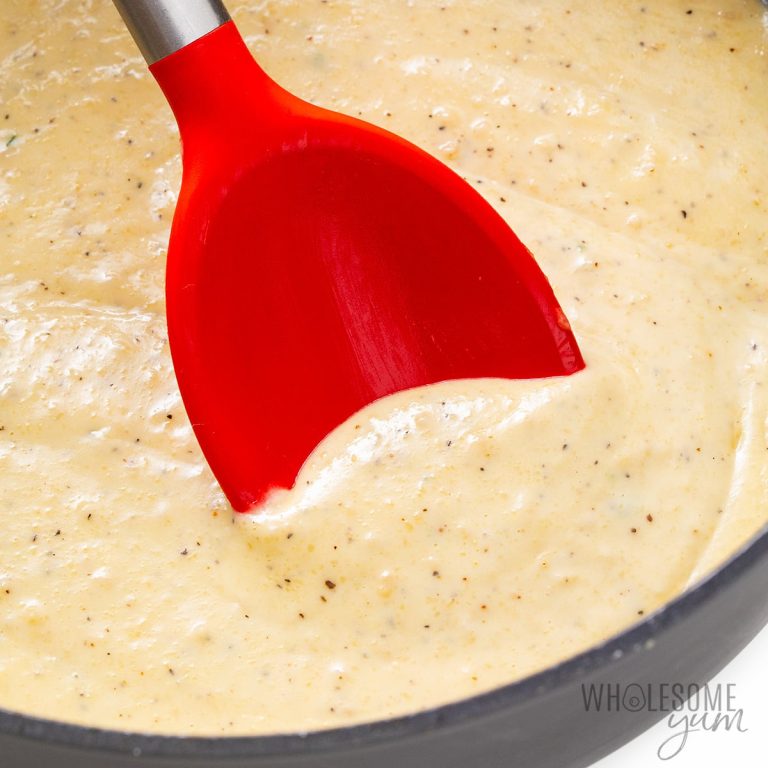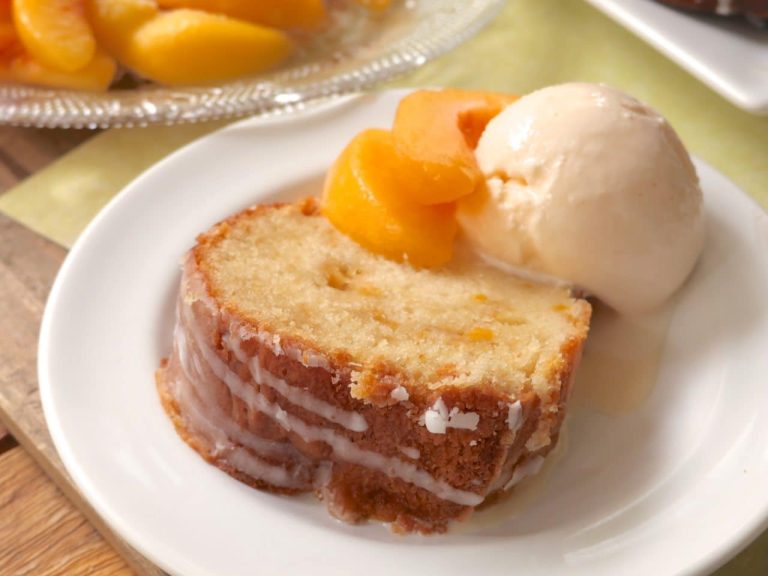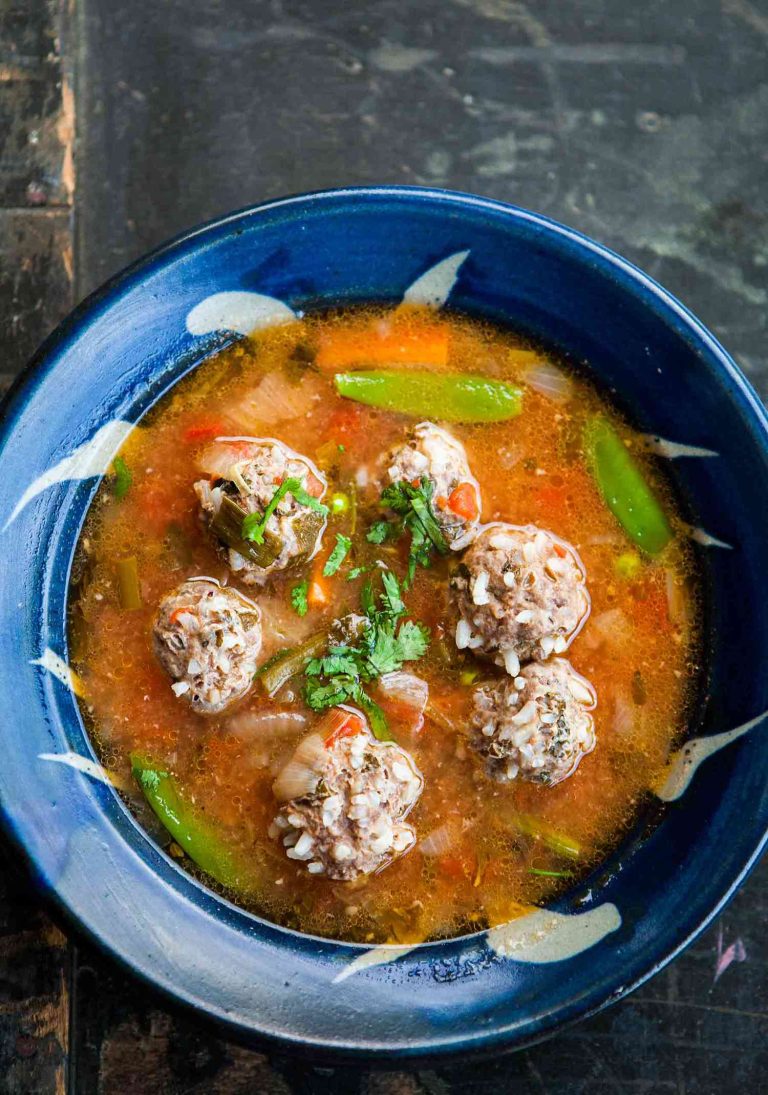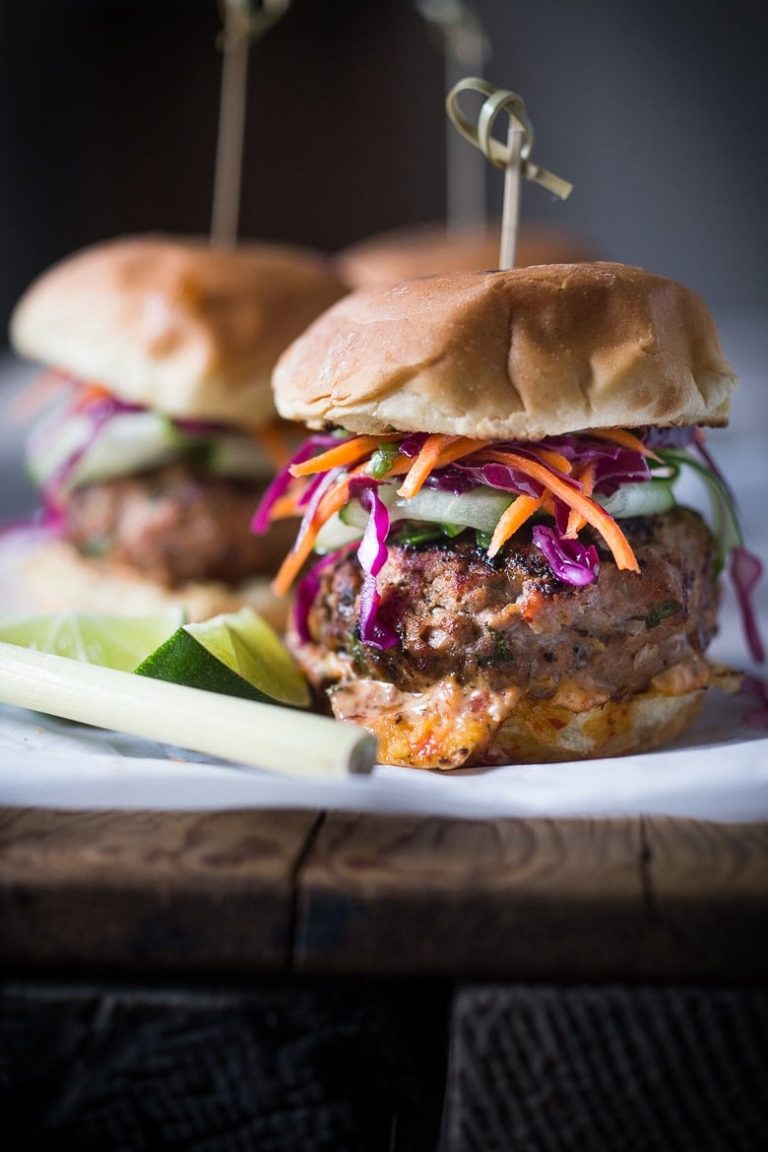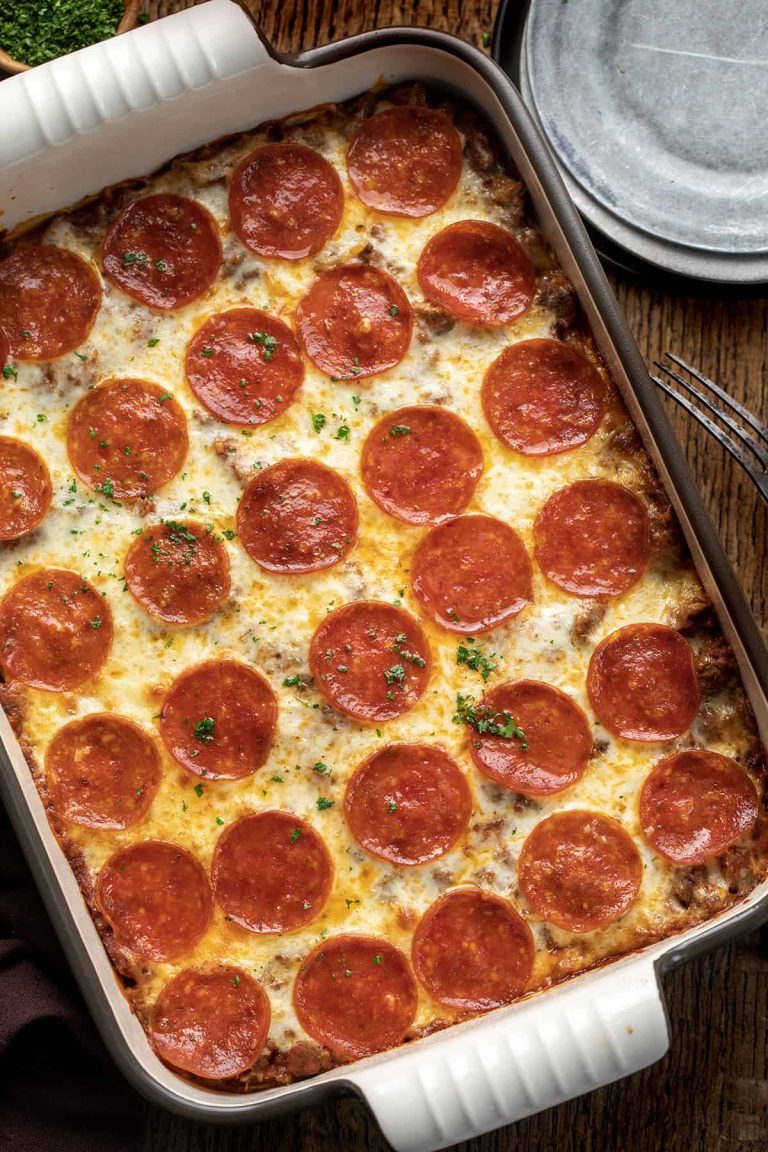Chicken Manchurian Recipe: Ingredients, Variations, and Health Tips for a Balanced Meal
Chicken Manchurian is a hallmark of Indo-Chinese cuisine. It originated in Chinese immigrant communities in Kolkata during the mid-20th century. By blending Chinese cooking techniques with Indian flavors, Chinese restaurateurs created this unique dish to appeal to the local palate. An important contribution to India’s culinary landscape, Chicken Manchurian is now a favorite in Indian households and restaurants.
Key Ingredients and Variations
The core ingredients of Chicken Manchurian include boneless chicken, soy sauce, garlic, ginger, and chili. Optional components like bell peppers, green onions, and tomatoes enhance its flavor. Variations include:
- Vegetarian Manchurian: Replaces chicken with vegetables like cauliflower or mixed vegetable balls.
- Fish Manchurian: Substitutes chicken with fish fillets.
- Paneer Manchurian: Uses paneer cheese instead of chicken for a vegetarian option.
These variations, along with the original, provide flavorful choices for diverse tastes while retaining the signature bold flavors of Chicken Manchurian.
How to Make Chicken Manchurian
Step-by-Step Cooking Process
- Prepare the Chicken:
Cut 500 grams of boneless chicken into bite-sized pieces. Marinate the chicken with 1 tablespoon of soy sauce, 1 tablespoon of ginger-garlic paste, and a pinch of salt. Let it sit for 30 minutes. - Make the Batter:
Combine 1/2 cup of all-purpose flour, 1/2 cup of cornstarch, 1 beaten egg, and a pinch of salt in a bowl. Add water gradually to form a smooth batter. Dip the marinated chicken pieces into the batter until well-coated. - Fry the Chicken:
Heat oil in a deep pan to around 350°F (175°C). Fry the battered chicken pieces until golden brown. Drain them on paper towels to remove excess oil. - Prepare the Sauce:
Heat 2 tablespoons of oil in a wok. Add 1 tablespoon each of chopped garlic and ginger, and 2 chopped green chilies. Sauté until aromatic. Add 1/4 cup of chopped spring onions, 1/4 cup of diced bell peppers, and 1/4 cup of diced onions, and cook for a few minutes. - Mix Sauce Ingredients:
Add 3 tablespoons of soy sauce, 2 tablespoons of tomato ketchup, 1 tablespoon of chili sauce, 1 tablespoon of vinegar, and 1 tablespoon of sugar to the wok. Stir well and cook for 2-3 minutes. - Combine Chicken and Sauce:
Dissolve 1 tablespoon of cornstarch in 1/2 cup of water to form a slurry. Add it to the wok and cook until the sauce thickens. Put the fried chicken pieces into the sauce, and mix until they’re coated evenly. - Garnish and Serve:
Garnish with chopped spring onions and serve hot with steamed rice or fried rice.
- Consistent Heat:
Maintain consistent oil temperature when frying the chicken. If the oil’s too hot, the chicken will burn; if it’s too cold, the chicken will be greasy. - Marination:
Allow the chicken to marinate for at least 30 minutes to absorb the spices, which enhances the flavor. - Slurry Consistency:
Ensure the cornstarch slurry isn’t too thick or too thin. A correct consistency ensures the sauce thickens to the right texture. - Vegetable Size:
Dice vegetables uniformly so they cook evenly. This consistency adds to the dish’s visual appeal and taste. - Taste Adjustment:
After combining the chicken with the sauce, taste and adjust salt and spices. You can add more soy sauce or chili sauce if needed.
Serving Suggestions
Ideal Accompaniments
You can enhance your Chicken Manchurian by serving it with complementary sides. Steamed white rice offers a neutral backdrop that balances the rich sauce of the dish. Fried rice, featuring vegetables like carrots, peas, and bell peppers, adds texture and flavor. Noodles, such as Hakka noodles, provide a more substantial option, absorbing the sauce well. For a low-carb alternative, consider serving Chicken Manchurian with cauliflower rice or sautéed greens.
Presentation Tips
You can make Chicken Manchurian visually appealing with a few simple techniques. Arrange the chicken pieces on a platter, then drizzle the sauce evenly over them. Garnish with chopped scallions and sesame seeds to add color and texture. Serve in a shallow, wide bowl for a family-style presentation, making it easier for guests to share. Use white or neutral-toned dinnerware to highlight the dish’s vibrant colors. If you serve it with rice or noodles, place them in separate bowls or plates for a neat, organized presentation.
Nutritional Considerations
Health Benefits and Concerns
Chicken Manchurian offers a range of nutritional benefits. Chicken, a lean protein source, provides essential amino acids, which support muscle growth and repair. The dish also includes vegetables like bell peppers and onions, contributing vitamins A and C, as well as fiber.
However, particular concerns arise from sodium content due to the soy sauce and additional sodium-rich condiments typically used in the sauce. High sodium intake, if not moderated, can contribute to hypertension and other cardiovascular issues. To mitigate this, consider using low-sodium soy sauce and controlling added salt during preparation.
When frying the chicken, the type of oil used impacts the dish’s nutritional profile. Healthier alternatives like canola or olive oil contain unsaturated fats, which are better for heart health. Additionally, excess oil absorption during frying can increase the calorie content, so proper draining is essential.
For a balanced diet, pair Chicken Manchurian with side dishes high in fiber, like brown rice or quinoa, enhancing the nutritional value and promoting better digestion.
Conclusion
Chicken Manchurian offers a delightful fusion of flavors that can elevate any meal. By incorporating healthier ingredients and mindful cooking techniques, you can enjoy this dish without compromising on nutrition. Pair it with high-fiber sides like brown rice to create a well-rounded and satisfying dining experience. Embrace the versatility of Chicken Manchurian and make it a staple in your culinary repertoire.
